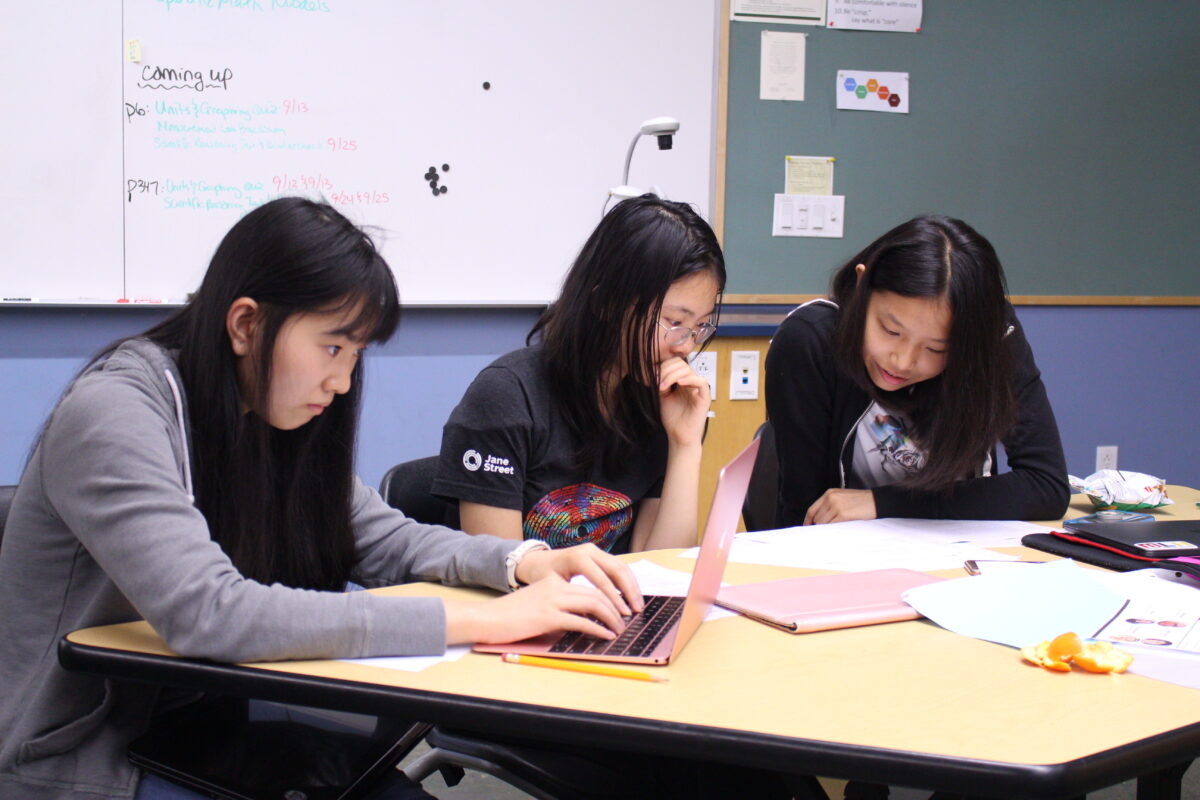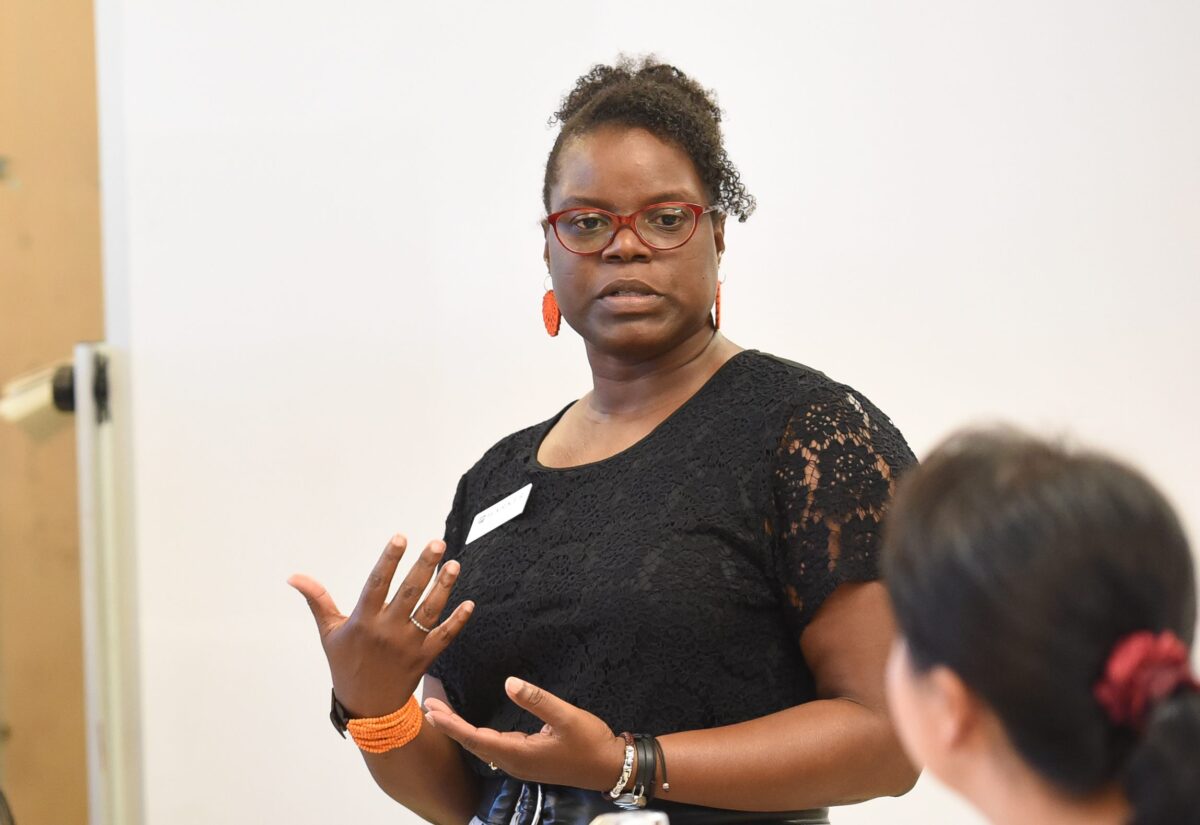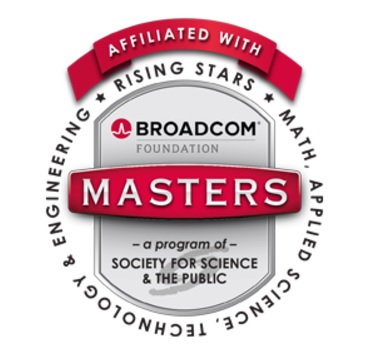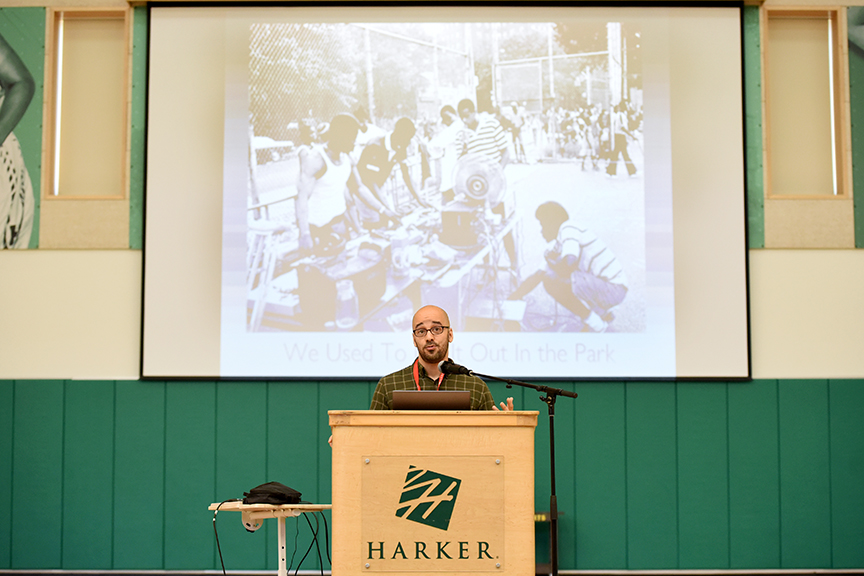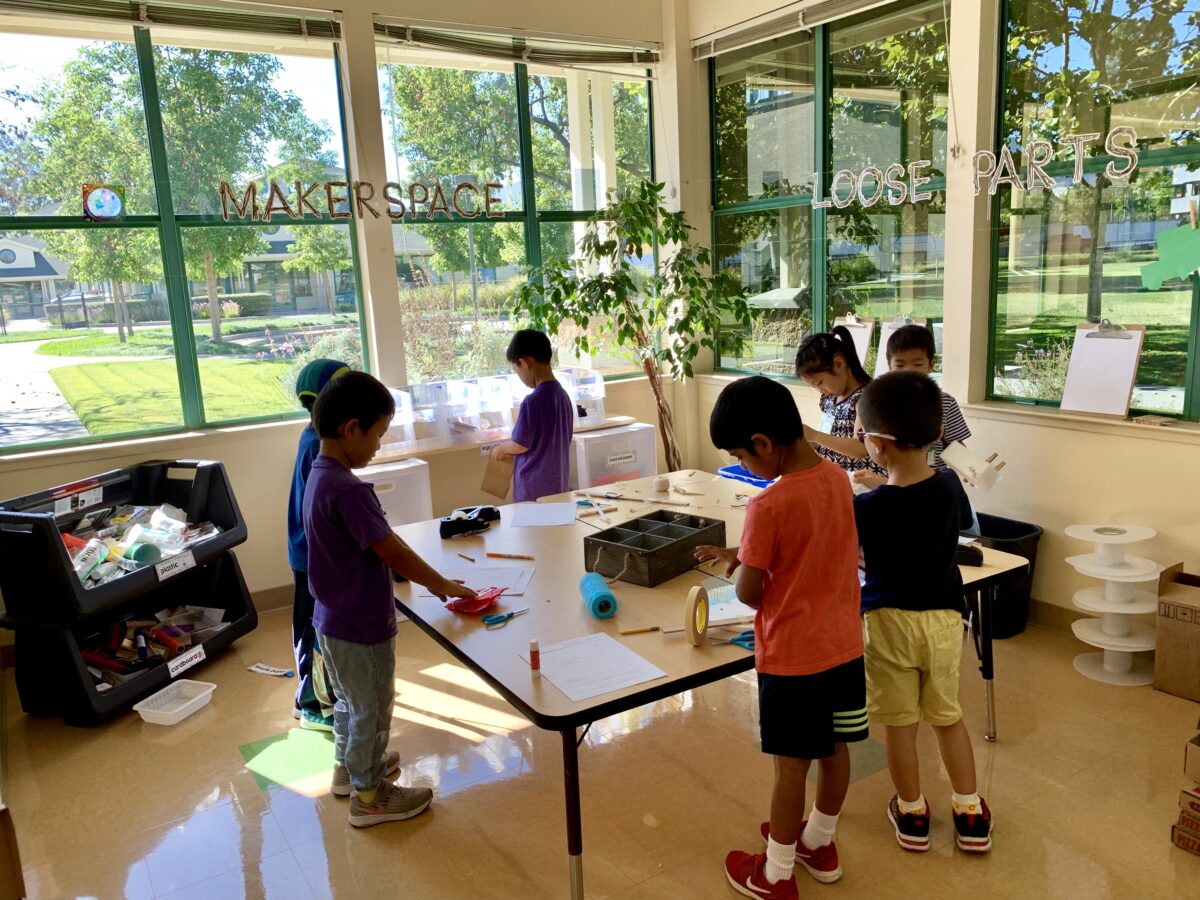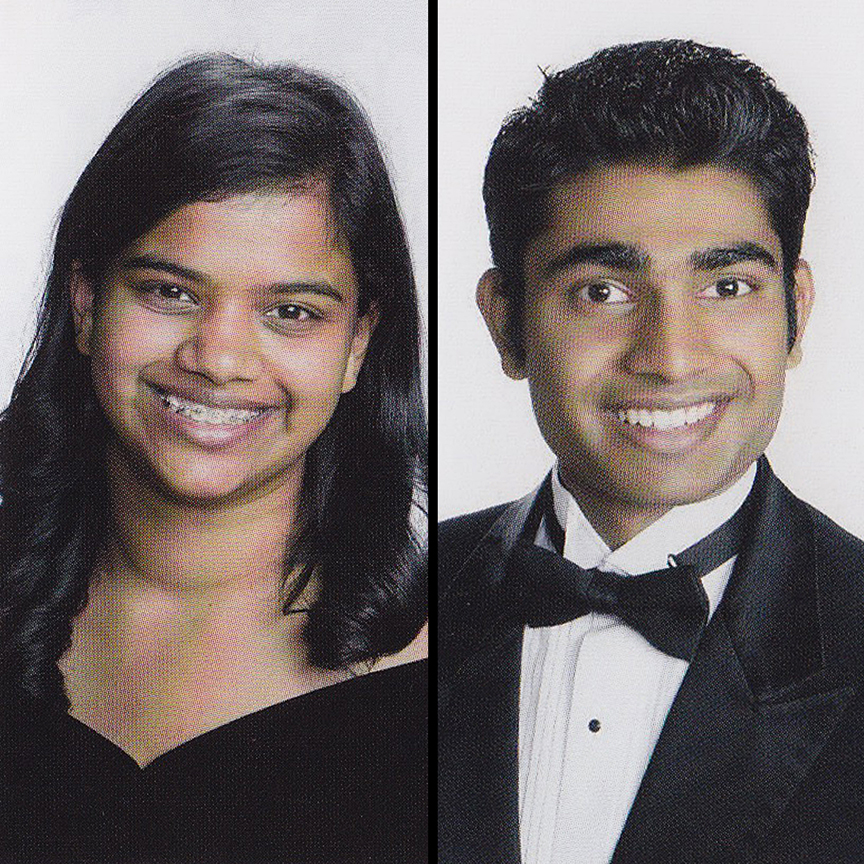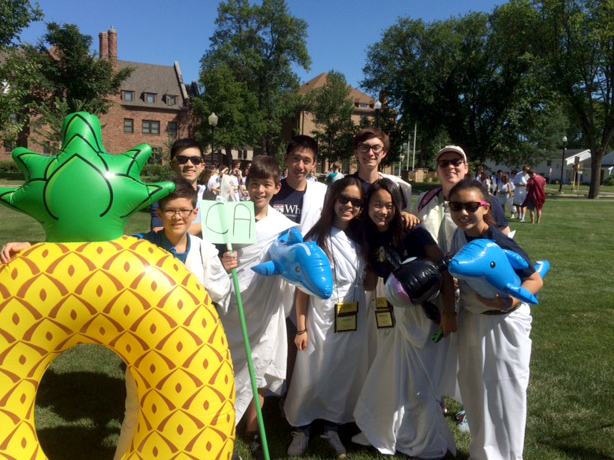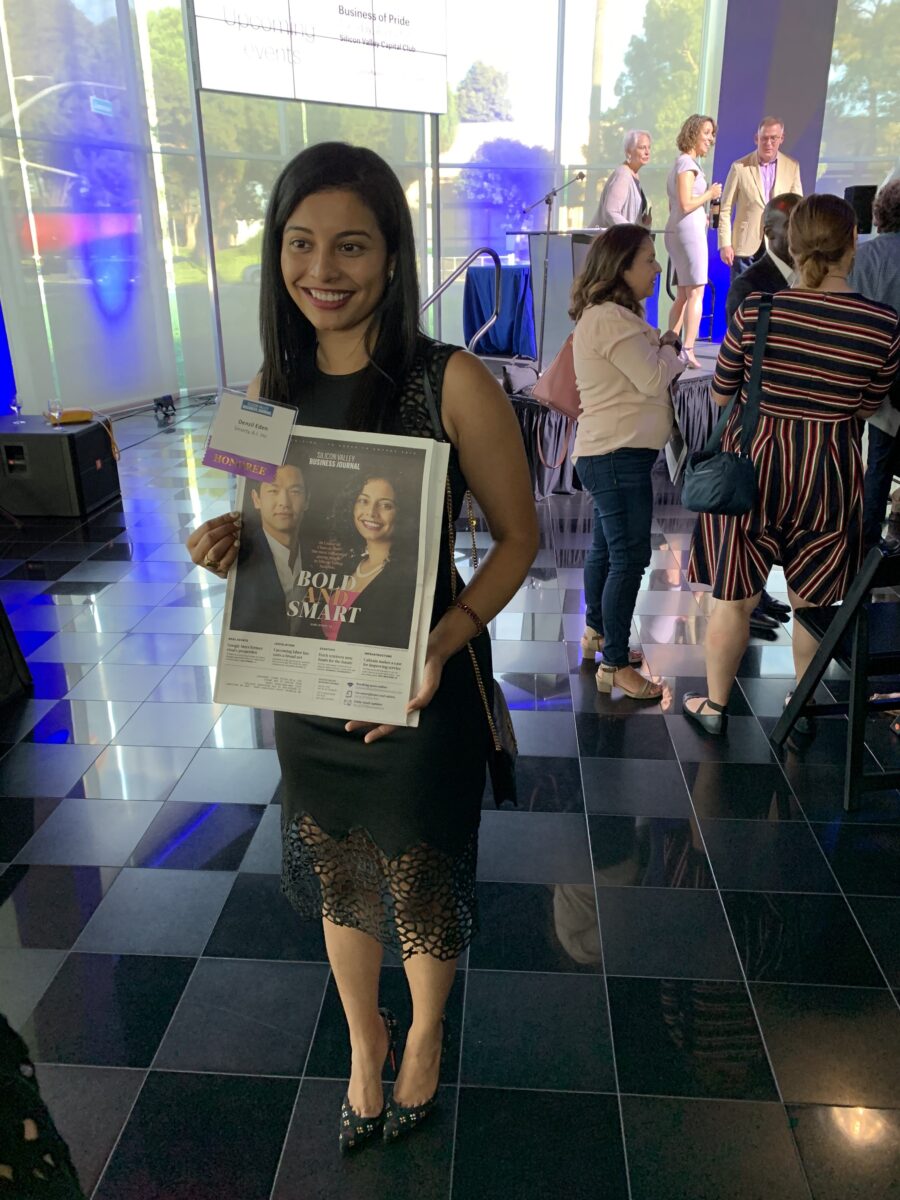This year’s Family & Alumni Picnic brought hundreds of members of the Harker community to the lower school campus to enjoy games, food, student performances and more.
express
Harker Programming Club hosts Girls Programming League Challenge
The Harker Programming Club hosted the second Girls Programming League Challenge, in which 100 girls from around the Bay Area took part in a coding contest and attended talks by a wide variety of guest speakers.
Middle school LID director among first-ever recipients of CSTA Equity Fellowship
Abigail Joseph, the middle school’s learning, innovation and design (LID) director, was named one of the first-ever recipients of the Computer Science Teachers Association’s Equity Fellowship.
[UPDATED] Student Brian Chen named Broadcom MASTERS finalist
Brian Chen is headed to Washington, D.C.! The freshman was named as a finalist in the 2019 Broadcom MASTERS competition.
Junior uses debate skills to help sixth grade girls at Oracle community workshop
Deven Parikh, grade 10, joined his mother at a communication debate workshop at Oracle in late July to help grade 6 girls learn the basics of speech and debate.
Cultural commentator Jay Smooth speaks at upper school morning assembly
On Monday morning, the upper school hosted a special assembly featuring cultural commentator Jay Smooth, who runs the popular video blog Ill Doctrine.
Preschool STEM lab updated and already in action
The Harker Preschool STEM lab has had a makeover and the young ones are having a ball in the updated facility!
Alumni receive Dean’s Award from University of Pennsylvania for academic excellence in service and innovation
Two Harker alumni were given Dean’s Awards for Academic Excellence by Wharton/University of Pennsylvania School of Undergraduates this spring.
Many top 10 finishes for Harker Latin students at national JCL convention
The theme of the 2019 National Junior Classical League Convention was “apes non sunt solitaria natura” (“Bees are not of a solitary nature”) and Harker students were certainly as busy as bees participating in various events.
Alumna ’09 named to Silicon Valley Business Journal’s 40 Under 40 list
Harker alumna Denzil (Sikka) Eden ‘09 was honored this week as one of Silicon Valley Business Journal’s 40 Under 40 award winners for 2019.

